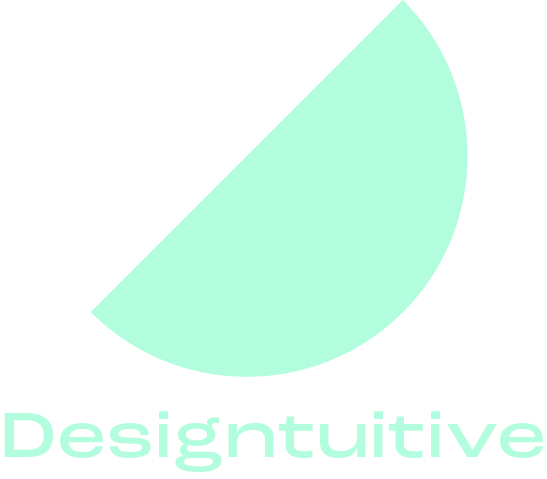Hi Res images and Bleeds. Two things printers talk about that you should understand too.
Hi-Res Images... er, what does that mean?
When a printer says "We can't print that, the images aren't high res", what does that mean? In short it means that whilst the images you've used might well look fine on your screen, they'd probably look terrible if they were printed out. Why? In short it comes down to the number of pixels in the image. You're probably familiar with the term pixels - if not, it means the tiny squares of colour that make up a digital image. That is essentially all a digital photograph is - many thousands of tiny squares, each one capable of having its own unique colour or shade. For an image to look good on a screen it needs to have roughly 72 pixels for every inch of the image. However for an image to look good on the printed page, it needs to have roughly 300 pixels for every inch of the image. This is number of pixels per inch is referred to in Indesign and Photoshop as PPI, although old-school printers and designers often call it DPI. It's also known as Resolution. So a High Resolution (or Hi Res) image will have around 300ppi, and that is what the printer is wanting.
My printer is asking me about a bleed. What does that mean?
If you are asking a printer to quote to print your flyers, posters or newsletters they might ask you if there any bleeds, or whether you have added bleeds. Whilst this is a perfectly obvious question for a printer it understandably can cause confusion or even mild alarm. This post will explain what a bleed is and what the printer is asking.
If you’re accustomed to printing documents on your in-house laser or inkjet printer you’re probably used to leaving a white border around the edge of your document, because in all likelihood such printers can’t print to the edge of the page. There is no such restriction in commercial printing, where documents are typically printed on larger sheets of paper and then trimmed down to size afterwards. For that reason you can fill the whole page with colour, or an image, or have any element go right to the edge of the page. The printer will want to know if you want that, partly because it might affect how it's printed (and the cost involved), and also whether this is something that you have set up properly.
If you want anything in your document to go all the way to the edge of the page, make sure you’ve added bleed guides (when using Adobe InDesign; usually a value of 3mm is used) to your document either when you first created it, or subsequently by choosing File>Document Setup. Where you want anything to go right to the edge of your document, make sure you extend the frame over the edge of the page until it meets the (red) bleed guide. Extending elements such as images or background colours over the edge of the page allows for any movement or inaccuracy of the blade of the guillotine that's used to trim your page after it's been printed, meaning that you won't be left with a white gap at the page edge where they should appear.
So when a printer asks "Is there bleed?" or "Does anything bleed off?" or "Are any images full bleed?" they want to know so they can make sure it's printed the right way, and to make sure you set the document up correctly before you send it to them.
For our complete guide to preparing InDesign documents for print, click here.


